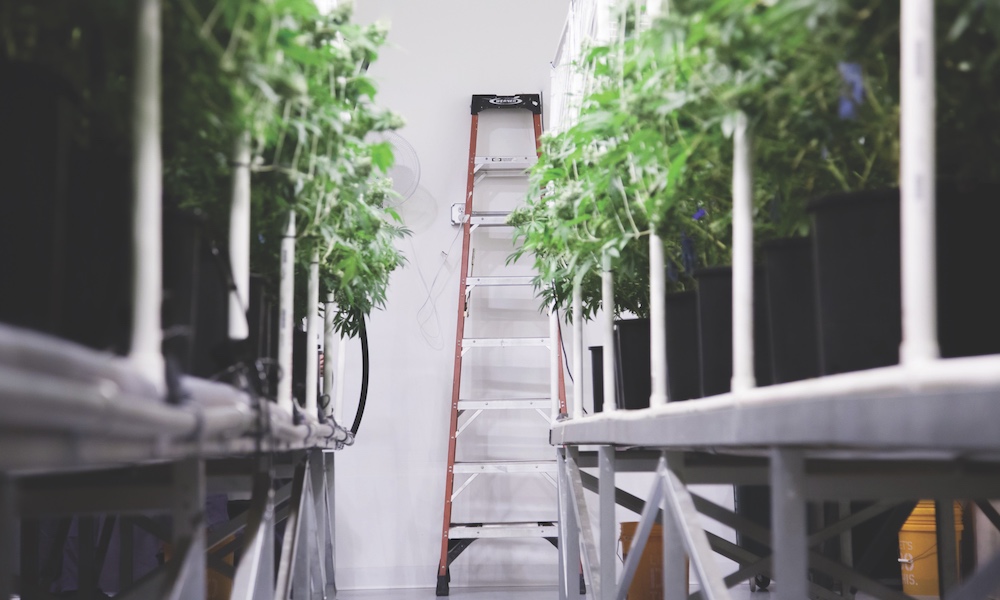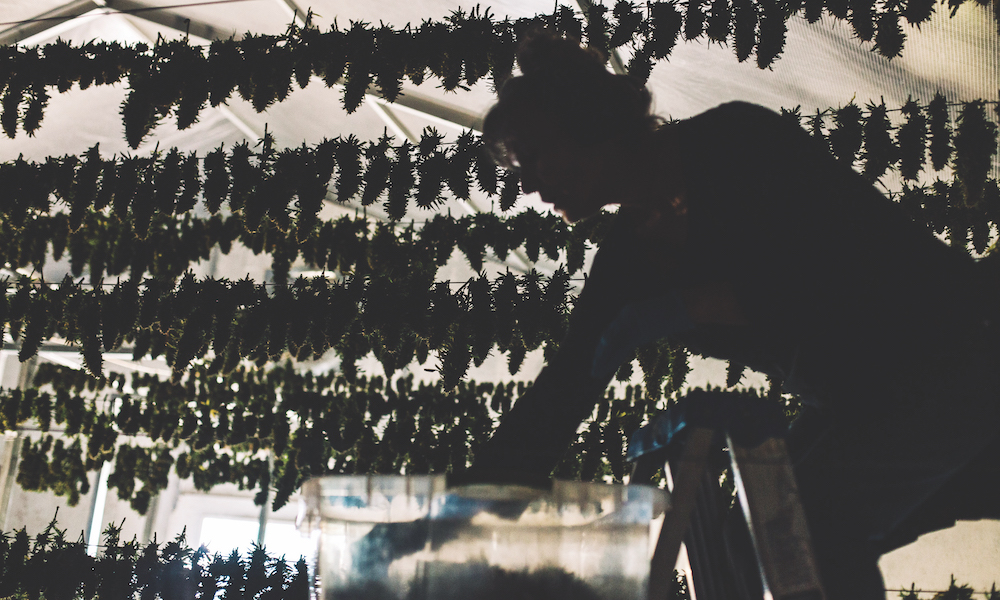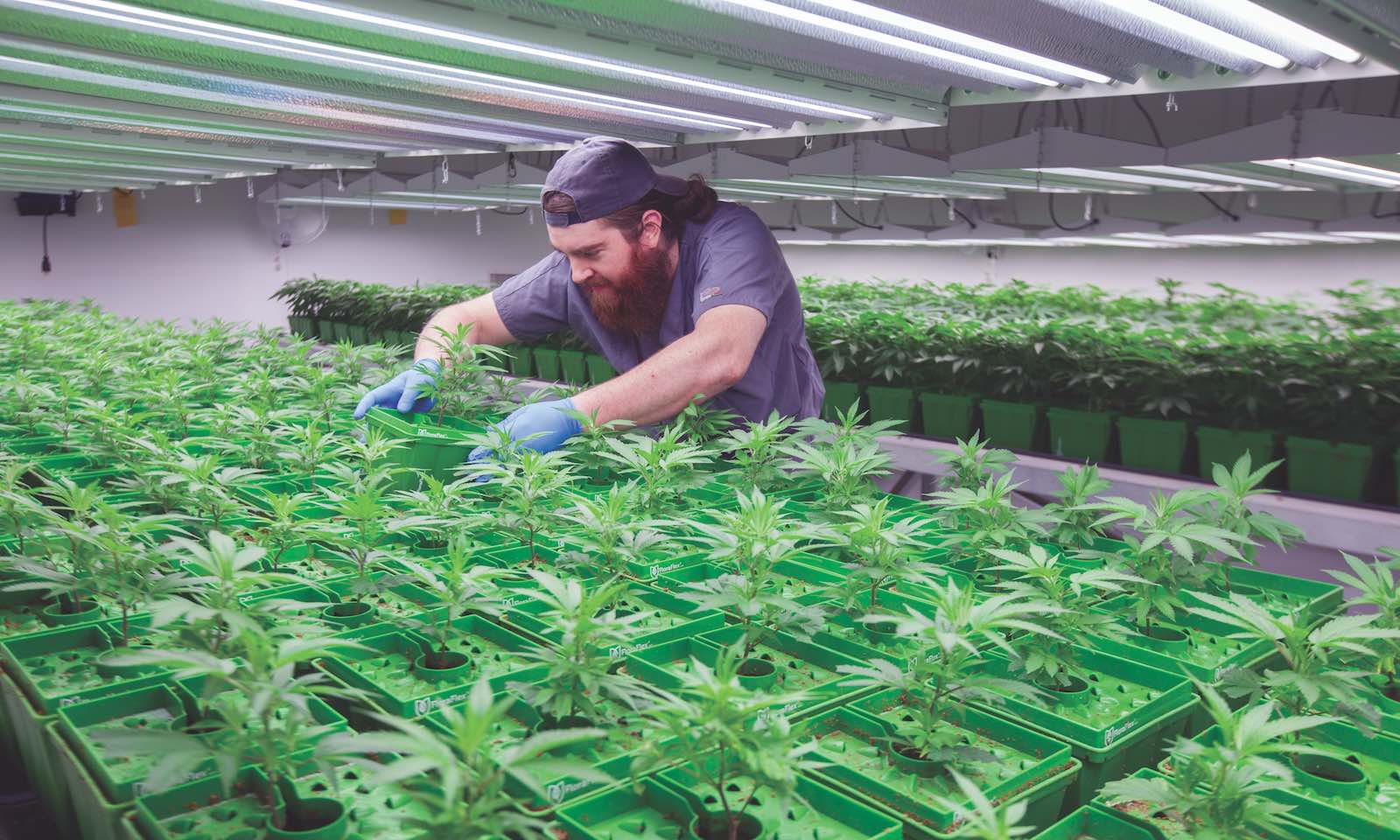Green Collar Blues for Cannabis Unions
The cannabis industry is creating a flood of new jobs, so why haven’t those workers unionized?
When Lucas Wong and his 50 co-workers at the Belltown, Seattle location of Have A Heart — one of the busiest recreational cannabis dispensary chains in Washington state — voted in the summer of 2018 to join a union and extract concessions from management, they had help from an unlikely source: management themselves.
In fact, organizing and empowering the workforce with better bargaining leverage, typically the last item on any profit-seeking entrepreneur’s to-do list, was management’s idea.
Ryan Kunkel, Have A Heart’s CEO, welcomed organizers from United Food and Commercial Workers (UFCW) to meet with his employees. And when it came time to negotiate a contract, Kunkel was the one who put forth worker-friendly suggestions like increased break times, Wong recently told Cannabis Now.

“Ryan brought that to the table,” Wong said.
In the long and almost always highly fraught history of labor organizing in the United States, the legal cannabis industry is both an outlier and a possibly once-in-forever opportunity. However, with few exceptions — such as the management-assisted victory at Have A Heart — organized labor has yet to figure out how to capitalize.
Pot’s Very Short Picket Line
The cannabis industry is one of the fastest-growing employers in the United States. Though the Bureau of Labor Statistics does not track cannabis-specific employment as cannabis is still illegal at the federal level, an estimated 200,000 to 300,000 Americans earn wages from some form of cannabis-related work: cultivation, processing, manufacturing or retail sales, as reported by the New York Times.
It’s hard to think of a better opportunity for labor unions, and UFCW is one of several unions attempting to organize those workers. Though the union has been organizing cannabis workers since 2010 and currently claims to represent “tens of thousands of workers,” progress has been limited.

Have A Heart’s six Washington locations were the first retail dispensary locations in the state to unionize, and so far, they’re the only ones. There are more than 500 dispensaries across the state, according to most recent state data, meaning union penetration in Washington is barely 1%.
Such tiny percentages are seen elsewhere in the country. While UFCW national did not respond to repeated requests for comment from Cannabis Now, previous media reports document only a “handful” of union shops in California. In Colorado, home to one of the oldest and largest cannabis marketplaces in America, efforts to organize a dispensary in 2015 failed badly — the organizing drive fizzled and the employee who was the main organizer was fired — and efforts in that state have been limited ever since.
A patchwork of both state and federal laws govern workplace conditions and workplace organizing. Only a select few states have mandated “labor peace agreements,” where cannabis businesses must by law allow union organizers to at least speak to their workers without fear of reprisal, and Colorado is not one of them.

But California is. Last summer, UFCW Local 770, based in Los Angeles, added two unionized dispensaries to make a total of 10 — but did so only with similar top-down assistance from management at MedMen, a national chain that was suffering a backlash after management faced a class action lawsuit for alleged labor law violations.
In February, the company announced that all workers at MedMen’s locations in California and New York were union. These workers make nearly $3 more than minimum wage and enjoy medical and vacation benefits, but as with Have a Heart in Seattle, these were concessions brought by management.
Such “top-down” organizing is not how the labor movement started. It also is not how workers in other modern industries, such as rideshare drivers and software developers, are fighting for better pay, benefits and working conditions.

The Feds’ Place at the Bargaining Table
There is also reason to fear that the current glut of cannabis jobs could be temporary, given that the artificial market control of federal prohibition is at least partially responsible for the furious job creation.
Unlike other agriculture-first industries, cannabis businesses cannot legally transport product across state lines. If cannabis oil is sold in Florida, the cannabis must be grown in Florida, no matter how attractive moving the cultivation operation to a state with lower wages and cheaper real estate might be.
However, because federal prohibition forces cannabis businesses to remain somewhat small, this size constraint could also be stifling unionization efforts.

Wong offered one theory: In Washington, many retail shops are small, single-location affairs with small workforces who have direct contact with management and ownership, which may make it easier for workers to raise a grievance and for management to solve it.
Plus, unlike other industries where work is increasingly atomized and done remotely, cannabis workers at least have direct influence over the means of production and thus have the ability to bring management to the bargaining table by stopping the flow of product at various choke points: where the product originates, the product’s path from origin to market, the retail contact between merchant and customer.
So, why aren’t they? Why don’t they? And why do the large dispensaries who record tens of millions of dollars in annual sales in other states have non-union workforces?

In states with legal cannabis, the industry has seen worker abuses ranging from overbearing management and low pay to withholding of wages and outright physical or sexual assault. Whether this was a function of the off-books, underground, “gig-style” nature of work in semi-illegal cannabis outlets remains to be seen.
A newly legalized, highly successful, labor-intensive industry is probably organized labor’s best chance in a generation to grow union membership – but so far, cannabis has just been a wasted opportunity.
TELL US, is your workplace unionized?
Originally published in Issue 38 of Cannabis Now. LEARN MORE
























